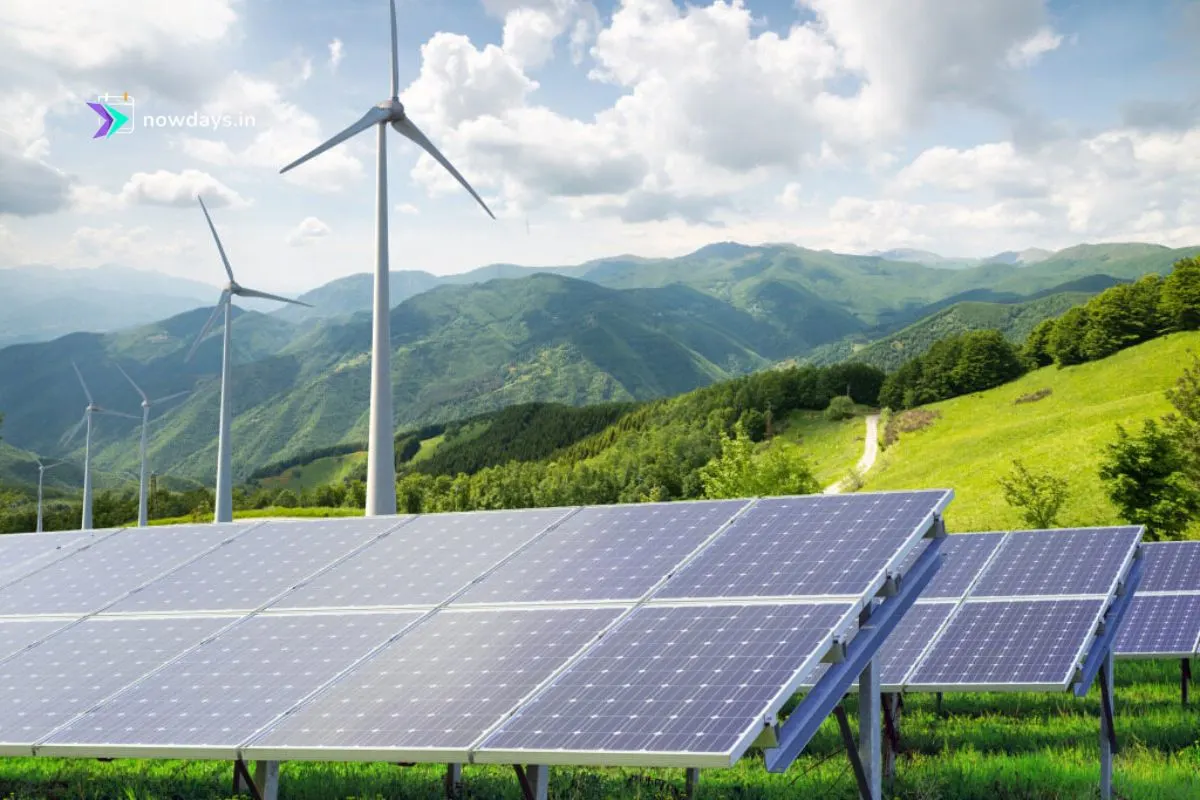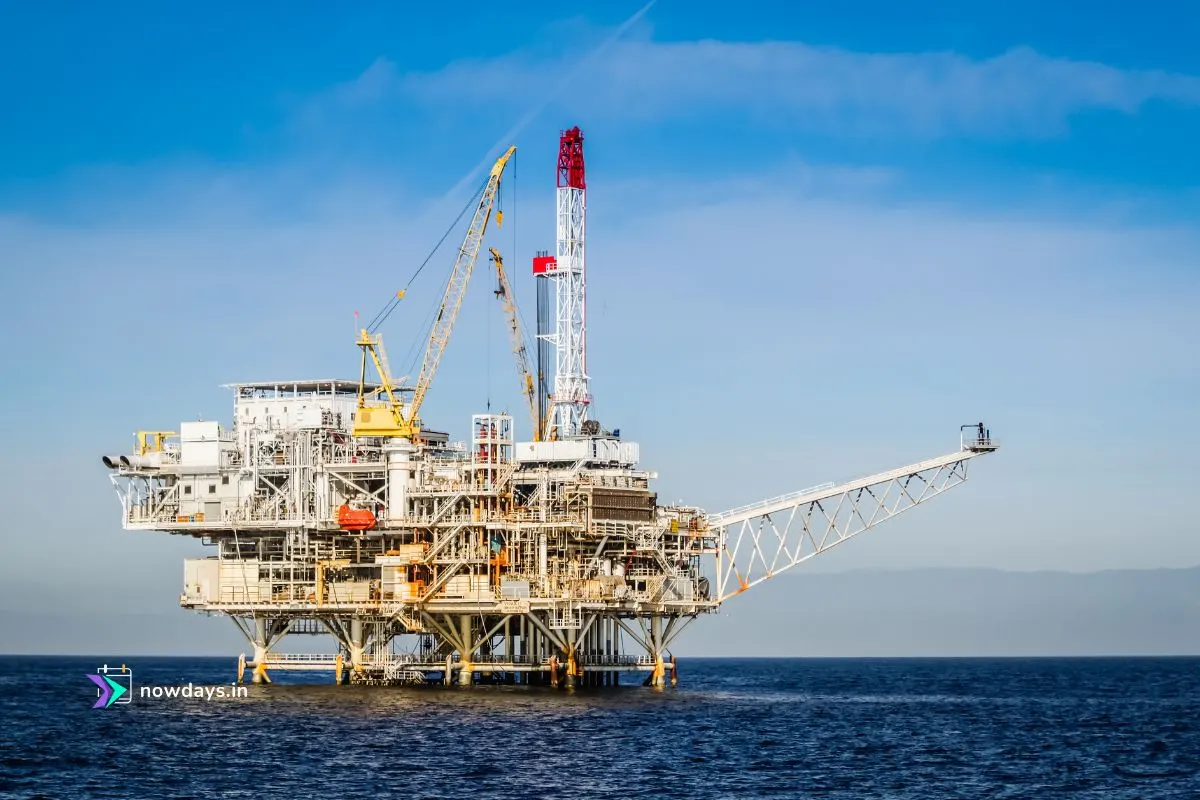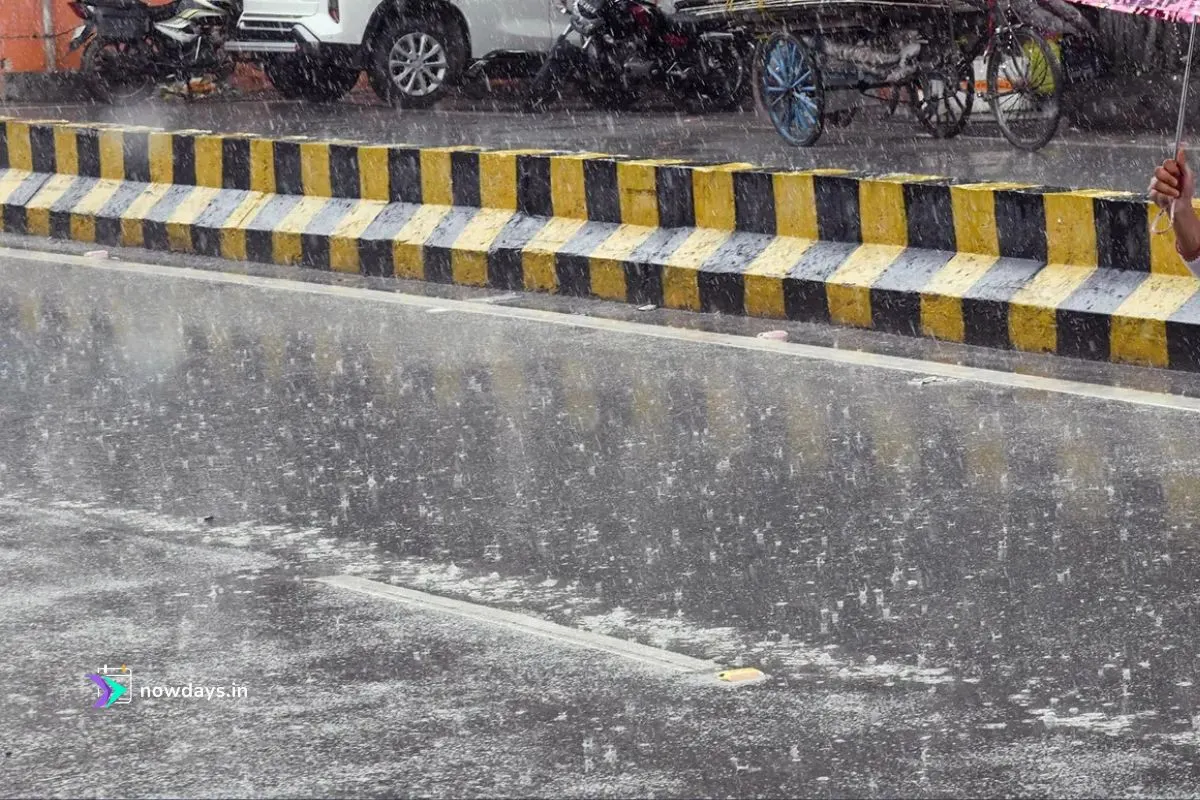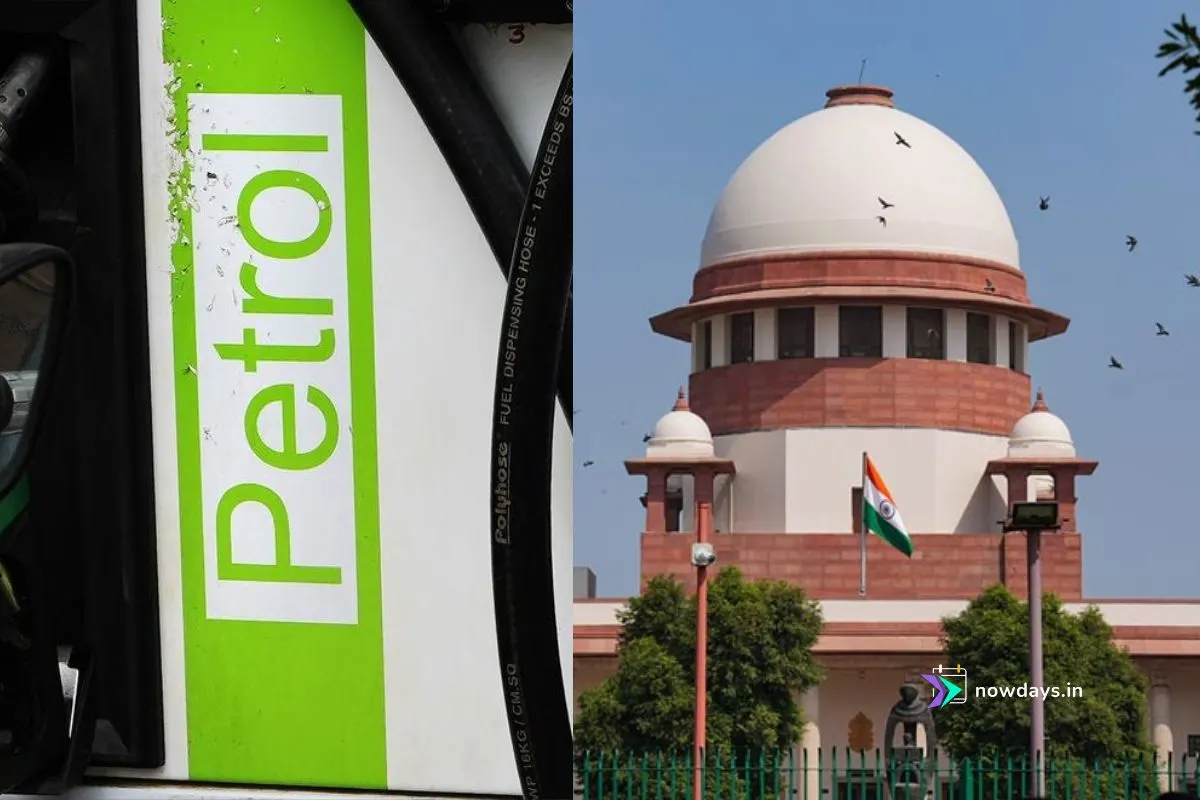In a historic leap toward sustainability, India has transformed its energy landscape, achieving 50% of its installed electricity capacity from non-fossil fuel sources—five years ahead of its 2030 Paris Agreement commitment. This milestone positions India among the world’s fastest-decarbonizing major economies and signals a fundamental shift in how the nation powers its future .

The Numbers Behind the Triumph
As of June 2025, India’s total installed power capacity stands at 484.8 GW, with clean energy sources contributing 242.8 GW. The breakdown reveals a strategic diversification :
| Energy Source | Capacity (GW) | Share of Renewables |
|---|---|---|
| Solar Power | 111.0 | Largest contributor |
| Wind Power | 51.0 | Key for peak demand |
| Hydro (Large Projects) | 49.4 | Revitalized focus |
| Nuclear | 8.8 | Stable baseload source |
*Table: India’s non-fossil energy mix as of July 2025 *
Thermal power now accounts for 49.9% (242.04 GW), slightly edged out by non-fossil sources at 50.08%—a symbolic tipping point in the energy transition .
How India Accelerated Its Green Transition
1. Policy-Driven Transformation
- PM-KUSUM Scheme: Solarized agriculture by providing solar pumps to farmers, enabling energy security and agrovoltaics .
- PM Surya Ghar: Muft Bijli Yojana: Launched in 2024 to install rooftop solar in 1 crore households, democratizing energy access and creating “prosumers” .
- Solar Parks & Hybrid Policy: Enabled record-low tariffs through utility-scale projects and optimized wind-solar synergies .
2. State-Level Leadership
- Gujarat & Tamil Nadu: Wind power hubs critical for meeting evening peak demand .
- Rajasthan & Madhya Pradesh: Pioneered PM-KUSUM adoption, driving rural solarization .
3. Record Growth in Renewables
- 2024 additions: 28 GW of solar/wind
- Jan-May 2025: 16.3 GW added, the fastest pace since 2022 .
Challenges and Innovations
Despite progress, coal remains vital for grid stability, supplying two-thirds of the power during evening peaks. To address this, India is deploying multi-pronged solutions :
- Battery Storage: Scaling up BESS to store daytime solar for evening use.
- Demand-Side Management: Incentivizing daytime power consumption to align with solar generation.
- Green Hydrogen: Emerging as a industrial decarbonization tool .
Expert Insight: “Energy storage and demand-shifting are essential to reduce coal dependence and price volatility” – IEEFA Report .
Economic and Global Implications
🔍 Industry Growth & Investment
- Waaree Energies: Secured 772 MW in orders (e.g., Aditya Birla Renewables) .
- Adani Green: Achieved 59% YoY module sales growth (4.3 GW in FY25) .
- NTPC Green: Executing 9.1 GW projects with a 9.9 GW pipeline .
A robust 130 GW renewable pipeline exists, 60% solar-driven, ensuring sustained momentum toward the 500 GW non-fossil target by 2030 .
🌍 Global Climate Leadership
India now ranks among the top three in renewable capacity expansion globally. With per capita emissions far below developed nations, it exemplifies how economic growth and decarbonization can coexist . Union Minister Pralhad Joshi emphasized:
“In a world seeking climate solutions, India is showing the way. This is not just a milestone—it’s a giant stride toward a greener, cleaner Bharat by 2047” .
The Road Ahead: 500 GW by 2030
India’s next phase prioritizes equity, resilience, and technology:
- AI Integration: For grid management, demand forecasting, and cyber-secure operations .
- Rural Energy Access: Doubling per capita clean electricity via decentralized systems .
- Circular Economy: Recycling solar panels/turbine blades to minimize waste .
A Template for the World
India’s achievement proves that scalable clean energy transitions are feasible for emerging economies. By balancing pragmatism with ambition, the country has created a replicable model: policy vision + private investment + inclusive benefits. As the nation advances toward net-zero by 2070, this milestone marks not an endpoint, but the launchpad for a global clean energy legacy .
Final Thought: “Development and decarbonization are not contradictory goals. India has lit the lamp—now it must let it shine for the world” .
For detailed project pipelines and policy documents, visit the Ministry of New & Renewable Energy.











5 thoughts on “India Achieves 50% Clean Energy Milestone, 5 Years Ahead of 2030 Goal”